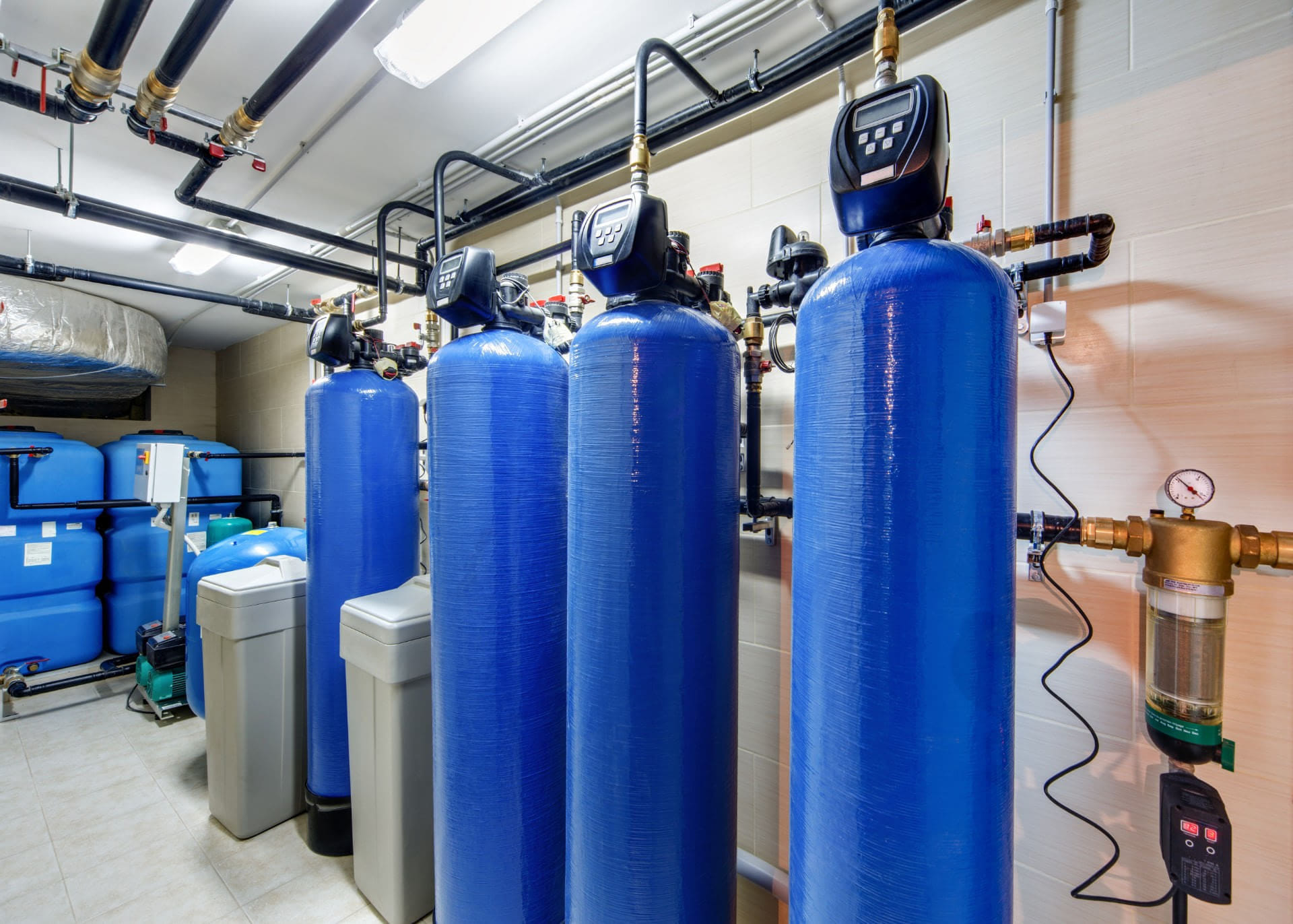If history is to be revisited, we can trace that the Romans constructed aqueducts to deliver water from faraway lands to their localities. With time, as the population increased, providing sufficient water of appropriate quality and quantity became complex. The water industry has faced challenges over the past few years. In all, if you are a modern-day water distributor then you must have faced challenges in your job both from the aspects of quality as well as quantity. With the supportive arm of technology, the current society has incredible water supply systems. These systems encompass infrastructure that collects, treats, stores, and distributes water between water sources and consumers. But at times, the systems too can lose their edge. After all, meeting the huge water demands of the ever-increasing population is not a child’s play.
There are no points for guessing that urbanization is as constant as the demand for water. Here, the Internet of Things had to come to the picture to strike a perfect balance in this situation. IoT is the extension of internet connectivity into physical devices and everyday objects. This entire system concept is dotted with effective forms of hardware, electronics, and internet connectivity. With smart meters and smart sensors, IoT strategies have managed to wipe off the worry wrinkles that the water distributors get. How? First, IoT understands that the backbone of smart water connectivity is an effective water distribution network. Here, ‘smart’ is not only limited to the operational efficiency of the machines. ‘Smart’ adds the quality of distributed water and promptness of water services as well.
How Could IoT Be Applied?
IoT, the one-stop solution provides, monitors and controls the water distribution network from water storage points to the consumers. The consumers could be individuals managing households or/ and factory managers who require good quality water to run each day successfully. The entire world requires gallons of water on a daily basis to successfully complete daily tasks. Any up and down or fault in the water distribution system can definitely cause havoc in the lives of millions of people just within a few minutes of water scarcity. It is crucial for water distribution systems to be functioning well. ‘Well’ here, is inclusive of both the system hygiene and its operating power. The basic requirements of a good water distribution system are the following:
- The quality of water should not be challenged in the distribution pipes. This way the demands will not be met which will definitely affect the society. The distributor of water might be honest with the supply, but a leaky pipeline will drain not only the required quantity of water but also the brand effectiveness drop by drop. Any leak or flaw in the pipeline could be tracked through IoT driven ‘Leak Detection Solution’. This solution saves millions of rupees along with water, which is a non-renewable resource.
- At times, the supply of water remains adequate but the pressure with which the water must flow lags behind. This is a flaw in the services that leads to the fulfillment of supply purpose. In order to channelize the flow of water with the required intensity, IoT driven water pressure sensors and meters can help. Water parks and hydroelectricity plants require a specific pressure of water to provide entertainment and generate electricity respectively.
- A mishap can take place anytime. So a water distributor must be ready with an adequate supply of water in case the firefighting agencies require to put the fire out. IoT driven sensors make sure to keep the tankers full enough to meet any emergency situation with the utmost ease. ‘Water Meter Reading Solutions’ make sure to alert the concerned human about the level of water.
- If water is required to be supplied to the restaurants or aquariums, then a certain level of salinity and/or pH level has to be maintained. Just like how you are maintaining your aquarium at home. You’ll need aquarium filters for freshwater tanks. Else it will disturb both human health as well as marine life. In order to have a spotless reputation about quality water distribution, a distributor can invest in ‘Water quality Monitoring Solutions’ driven by IoT.
On a Concluding Note
Water is an evident resource for the survival of mankind. Due to the undersupply of water in several regions around the world, humans and other creatures are affected. Here, the Internet of Things acts as a bolster to businesses and industries.
The IoT-centric Water systems deal with every aspect of the water cycle and could be utilized for “Smart” Irrigation. There are various level-check and leak-check sensors to augment the quality of the water supplied. The expediency of IoT in Water Management touches the reduction in energy consumption and increases productivity by predictive analytics and cost-effectiveness.
Efficiency in Water Distribution Systems is a key element whilst we deal with water conservation. The Internet of Things assists us with an energy-efficient mechanism drawing out methods to use water as a pristine resource. IoT makes sure to provide the best quality water through effective solutions like ‘Leak Detection Solution’, ‘Water Meter Reading Solutions’ and ‘Water quality Monitoring Solutions’. Good water days are not far away.
water processing -DepositPhotos


